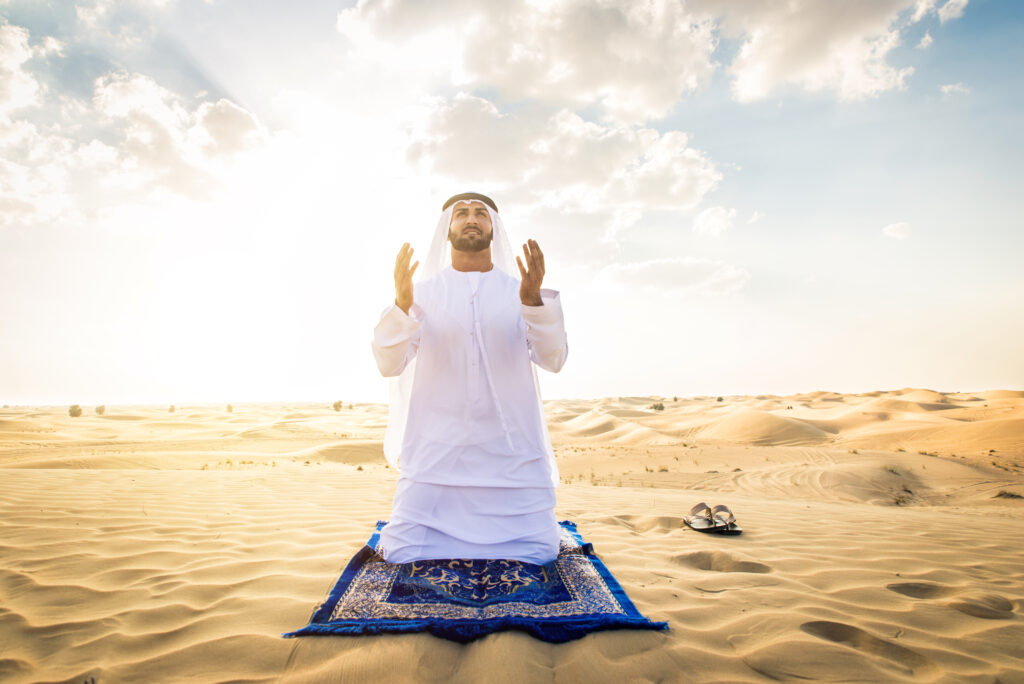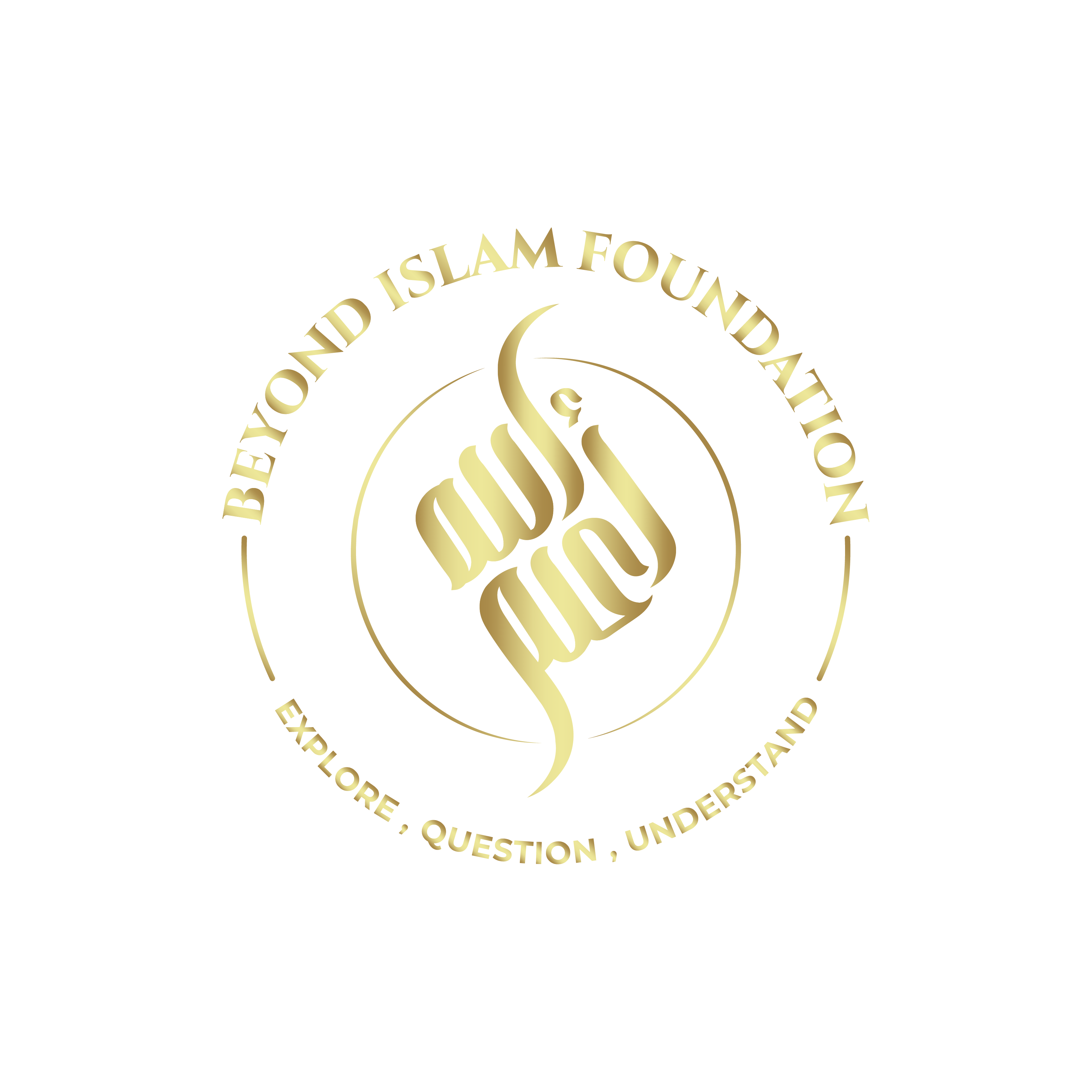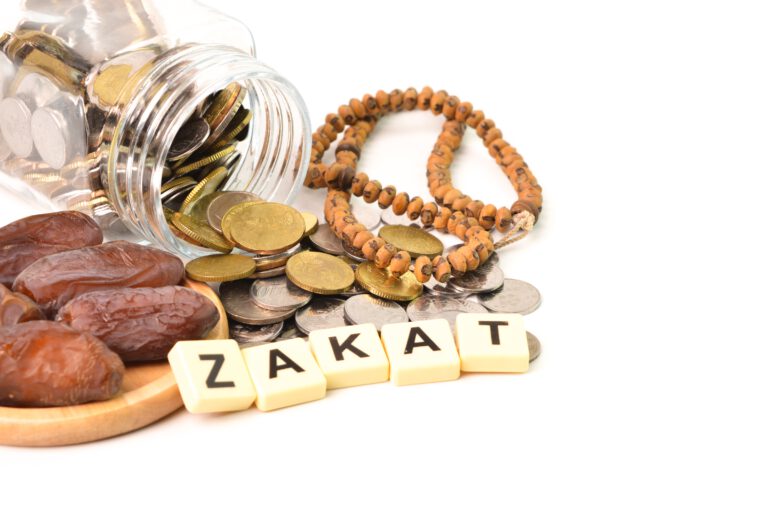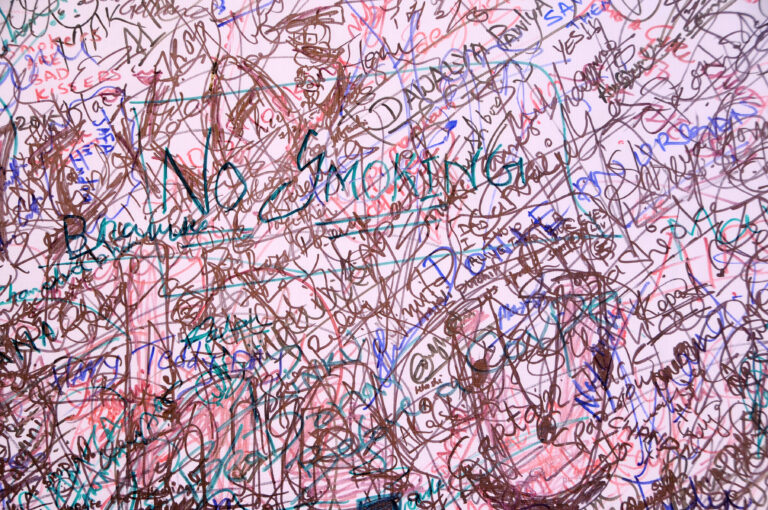Salah is one of the most misunderstood concepts in Islam. Often reduced to a fixed set of movements and phrases, it has become more form than function for many. But a closer, deeper reading of the Qur’an and of our own fitrah (inner knowing), reveals something more profound:
Salah is not a ritual. It is a conscious alignment of the soul with the Divine.
This document explores salah through its Qur’anic meaning, natural energetic flow, chakric resonance, postural expression, and inner covenantal dialogue with Allah. It is meant as a map for those returning to the original Way, rooted in tawḥid, reflection, remembrance, and sincerity.

1. The Universal Meaning of S-L-W (ص ل و)
From consistent Qur’anic usage, the word Salah means:
“The conscious, intentional turning of one’s heart, mind, and being toward the Source, Allah, seeking nearness, support, clarity or peace.”
It can manifest through words (dhikr), stillness, prostration, invocation, or silence, but it is always centered in presence, not mechanics.
Key Verses:
- “Establish salah for My remembrance.” – 20:14
- “Indeed, My salah, my offering, my life and my death are for Allah…” – 6:162
- “He is the One who does salah upon you, and His angels too…” – 33:43
- “Do you not see that everything in the heavens and earth does its own salah?” – 24:41
Clearly, salah is not limited to human ritual. Even birds and trees “do salah.” It is about orientation, awareness, and attunement.
What Does Salah upon the Messenger Truly Mean? (33:56–57)
One of the most cited but deeply misunderstood verses is:
📖 “Indeed, Allah and His angels do salah upon the Prophet. O you who believe, do salah upon him and greet him with full peace.” — 33:56
If salah is understood, throughout the Qur’an, as energetic support, spiritual turning, and divine orientation, then this verse is not a ritual instruction, but an invitation to reverence, inner acknowledgment, and alignment with the Prophet’s mission.
It is not a demand to recite fixed phrases invented later, but a Qur’anic call to honor the living message of the Messenger: the Qur’an itself.
📖 “O Prophet, We have sent you as a witness, bearer of glad tidings, warner, and a caller to Allah by His permission, and as a radiant lamp.” — 33:45–46
Therefore:
To “do salah upon him” means to support that light-bearing mission, to remember him as a servant of the Qur’an and not exalt him beyond his prophetic function.
33:57 immediately gives the context:
📖 “Indeed, those who harm Allah and His Messenger, Allah has cursed them in this world and the next and prepared for them a humiliating punishment.” — 33:57
This is a warning: Not to disrespect the Prophet, distort his legacy, or turn his memory into idolatry.
So, the true form of salah ʿalayh is:
- Remaining loyal to his revealed mission,
- Protecting the message from distortion,
- And not turning the Messenger into a ritual object of veneration.
Real salah upon the Prophet is to uphold his message, not to idolize his person.
2. The Misunderstanding of Salah as Fixed Ritual
The Qur’an does not command a fixed five-times-a-day ritual prayer. Instead, it mentions two clear periods of salah, and one voluntary night practice.
Weekly Gathering – Clarifying “Jumuʿah”
The term “Yawm al-Jumuʿah” is traditionally translated as “Friday”, but the root meaning of j-m-ʿ (جمع) simply refers to gathering or assembly. In early Arabic usage, it did not refer to a specific weekday, but to any time of gathering, particularly when people would come together for market, trade, or communal events.
The Qur’anic reference in 62:9–10 must therefore be read carefully:
📖“O you who believe, when the call is made for salah on the day of gathering (yawm al-jumuʿah), then hasten to the remembrance (dhikr) of Allah and leave off trade…” — 62:9–10
What is emphasized here:
- A warning against allowing worldly distraction (e.g. trade, festivals, noise) to make one neglect salah
- A call to return to dhikr, not to attend a weekly ritual with prescribed form.
There is no mention of:
- A specific weekday (Friday)
- A required khutbah or congregational ritual
- A different form of salah than the rest of the week
Thus, 62:9–10 is not a legalistic command for a fixed communal ritual, but a spiritual reminder:
When people are distracted by worldly gatherings, do not forget your salah, your dhikr, your return to Allah.
This interpretation stays truer to both the language and the spirit of the Qur’an.
📍 Two Appointed Times:
In the time of revelation there was, no artificial lighting, only natural light dictated the rhythm of the day. Life followed the sun. Work and activity were naturally limited to daylight, making dawn and nightfall the most potent moments for stillness, transition, and reflection.
Thus, the Qur’an anchors salah in these two key thresholds of time:
The Qur’an does not command a fixed five-times-a-day ritual prayer. Instead, it mentions two clear periods of salah, and one voluntary night practice:
- Salah al-Fajr – at dawn/light-break
📖“Establish salah at the decline of the sun until the darkness of the night, and the Qur’an at dawn indeed, the recitation at dawn is ever witnessed.” — 17:78
- Salah al-ʿIsha (or Zulaf min al-layl) – from sunset into night
📖 “And establish salah at both ends of the day, and at the near parts of the night…” — 11:114
“…and glorify Him in the evening and at dawn.” — 30:17
These two times correspond with natural light transitions: the awakening (fajr) and the closure (ʿisha).
Voluntary Night Prayer:
The Qur’an also highly encourages a voluntary night prayer (qiyam al-layl or tahajjud), described as especially transformative:
📖 “And keep vigil during part of the night as an extra (nafilah) for you — it may be that your Lord will raise you to a praised station.” — 17:79
📖 “Indeed, rising by night is more effective and more upright in speech.” — 73:6
Thus, instead of five rigid times, the Qur’anic model revolves around:
- Two natural periods of alignment (fajr & ʿisha)
- One open, voluntary window of depth (night)
This creates rhythm without rigidity — and centers prayer on presence, not performance.
Nowhere in the Qur’an is a detailed, fixed structure for salah given (e.g. 2 rakʿat, tashahhud, specific formulas). Instead, we are invited to:
- Stand (qiyam) in humility – 2:238, 3:113
- Bow (rukuʿ) in reverence – 22:77
- Fall in prostration (sujud) and draw near – 96:19
- Recite with presence – 73:4
- Remember Allah abundantly – 33:41
What has developed as ritual practice (e.g. five daily forms, tashahhud, hand positions) is extra-Qur’anic and stems from historical tradition (hadith), not divine legislation.
This doesn’t mean postures are wrong, it means they must be re-rooted in intention, breath, presence, and sincerity.
3. The Spiral of Salah – Energetic Sequences & “Chakras“
While the Qur’an provides the foundation for the purpose and rhythm of salah, the human body itself becomes a vessel of that remembrance. By aligning the postures of salah with the body’s natural energy centers, known as chakras in many spiritual traditions, we can deepen our presence, intention, and connection. This approach does not replace Qur’anic guidance but rather honors it by embodying it fully.
Salah can be felt as a full-body energetic spiral through the seven chakras. These are natural energy centers within the body, found in all major spiritual traditions.
We present three powerful flows:
🔺 A. Ascent Sequence (Sujud → Rukuʿ → Sitting → Qiyam)
Journey from dust to divine presence
- Sujud – Root + Third Eye
→ Submit fully. Ground the body. Open the unseen within.
“Subhana Rabbi al-Aʿla” – 96:19 - Rukuʿ – Solar Plexus
→ Humble your will. Release control. Align your power.
“Subhana Rabbi al-ʿAzim” – 22:77 - Sitting – Heart –
→ Be present. Breathe. Rest. Center. Open to mercy.
“Rabbi-ghfir li, warhamni…” – 13:28 - Qiyam – Throat + Crown
→ Rise in light. Speak in reverence. Attune to revelation.
Al-Fatihah – 24:35
🔻 B. Descent Sequence (Qiyam → Rukuʿ → Sitting → Sujud)
Bring the Light into the earth
- Qiyam – Receive guidance
- Rukuʿ – Bow the will
- Sitting – Center the heart
- Sujud – Give it all back to Allah
🔁 C. Gentle Descent (Qiyam → Sitting → Rukuʿ → Sujud)
For integration, healing, and inner calm
- Receive
- Reflect
- Align
- Release
4. Dhikr, Duʿa, and the Power of Spoken Word in Salah
The Qur’an emphasizes spoken remembrance and recitation in salah:
📖 “Recite the Qur’an with measured tone.” – 73:4
📖 “Stand reciting in the deep night, truly it is heavy.” – 73:6
Powerful dhikr phrases:
- Subhana Rabbi al-Aʿla (Glory to my Lord, the Most High) – 87:1
- Allahu Akbar (Allah is Greater) – 17:111 (kabbirhu takbira)
- La ilaha illa Allah (There is no deity but Allah) – 47:19
- Qur’an 17:111 – as closing declaration of unity and grandeur
Speaking during salah is not a disruption — it is alignment. Your throat chakra opens, your voice becomes remembrance.
5. Postures as Embodied States – Not Ritual Rules
The Qur’an does mention postures, but not as formulas, rather, as natural expressions of inner states:
- Qiyam (standing): Presence, attention, recitation (2:238)
- Rukuʿ (bowing): Humility, surrender of ego (22:77)
- Sujud (prostration): Deepest intimacy, nearness (96:19)
- Sitting (julus): Stillness, reflection, gratitude (implied)
These movements are symbolic gateways to states of being. When done with presence, they activate body, breath, and spirit.
6. The Full Arc of Divine Alignment
Salāh reflects the sacred spiral of return — found in:
- Nature (sunrise → sunset)
- Revelation (tanzīl → return)
- Breath (inhale → exhale)
- The soul (origin → return)
🔺 Phase 1: Ascent (Sujūd → Rukūʿ → Sitting → Qiyām)
From self-surrender to presence in Light
- Sujūd – Root + Third Eye
→ Submit. Ground. Touch the unseen. - Rukūʿ – Solar Plexus
→ Bow the will. Relinquish control. - Sitting – Heart
→ Center. Receive grace. Integrate alignment. - Qiyām – Throat + Crown
→ Rise in presence. Speak revelation.
🔻 Phase 2: Descent (Qiyam → Sitting → Ruku → Sujud)
From reception to surrender — divine light returned to the earth
- Qiyam – Throat + Crown
→ Receive divine inspiration. - Sitting – Heart
→ Hold presence. Process in love. - Rukuʿ – Solar Plexus
→ Humble the will. Channel submission. - Sujud – Root + Third Eye
→ Release. Return to Source.
📖 “To Him ascends the good word, and righteous action lifts it.” – Qur’an 35:10
This arc is not linear, it is a living spiral. Every cycle of salah reflects one revolution through surrender, presence, remembrance, and return.
7. Qur’anic Dhikr-Flow for Salah
This is a complete dhikr-path using only Qur’an-based phrases, mapped to each posture. It can be used within salah as well as outside of formal prayer, for example, as a mindful morning ritual, meditative recitation, or nightly reflection. Each phrase reconnects the heart and body to the Source through timeless, revealed words.
This is a complete dhikr-path using only Qur’an-based phrases, mapped to each posture:
Qiyam (Standing)
- Al-hamdu lillahi Rabbil-ʿalamin – 1:2
- Faʿlam annahu la ilaha illa Allah – 47:19
- Wa kabbirhu takbira – 17:111; “Allahu al Kabir(an)”
Rukuʿ (Bowing)
- Subhana Rabbi al-ʿAzim – based on 22:77
- Wa ilahukum ilahun wahid, la ilaha illa huwa – 2:163
Sujud (Prostration)
- Subhana Rabbi al-Aʿla – 87:1
- Aslamtu li Rabbil-ʿAlamin – 6:71
- La ilaha illa anta, subhanaka, inni kuntu min al-zalimin – 21:87
- Alhamdu lillahi allathee lam yattakhidh waladan walam yakun lahu waliyyu mina alththulli – 17:111
Sitting (Julus)
- Rabbi-ghfir li, warḥamni – see 7:23
- Alhamdu lillahi allathee adh-haba ʿanna al-hazan – 35:34
Closing
- La ilaha illa Allah – 47:19
- Alhamdu lillahi Rabbil-ʿalamin – 1:2 – 10:10
8. The Heavenly Language of 10:10 – Integrating Paradise Dhikr into Salah
Surah 10:10 gives us a glimpse of the language of the people of Paradise, those in constant nearness to Allah. While not about salah in the ritual sense, it beautifully reflects the essence of conscious devotion and offers a model of how to end and adorn our salah with purity.
📖 “Daʿwahum fiha subhanaka allahumma, wa taḥiyyatuhum fiha salam. Wa akhiru daʿwahum an al-hamdu lillahi Rabbil-ʿalamin.” — 10:10
🔹 Integration into Salah:
- Subhanaka Allahumma – in sujud or ruku as pure glorification
- Salam – as beginning or ending greeting, e.g. “Salamun ʿalaykum” (Qur’an 6:54)
- Alhamdu lillahi Rabbil-ʿalamin – as conclusion of your salah (reinforces 1:2)
These phrases are not inventions, they are Qur’an’s own vocabulary of divine praise, spoken by those already in the Divine Presence.
Let your salah reflect the language of the Garden.
9. Conclusion: Return to Living Salah
Salah is not a law to fulfill, but a path to remember.
It is how the soul bows, breathes, listens, speaks, rises and returns.
Even the Prophet himself, as preserved in the Qur’an, is portrayed as one who turns inward, reflects in the night, and speaks with sincerity. His example reminds us: what matters is not ritual detail, but sincere orientation toward the Source.
Salah is your dialogue. Your connection. Your ascent and descent.
Let your salah become real. Alive. Rooted in the Qur’an. Awakened in your body. In tune with your spirit. In love with your Source.





